About the Author
F or thirty-one years, Mike Henry taught American history to students at all levels of the educational spectrum, from elementary school to college. His technique of using the events of the past to show how they impact out lives in the present made him a popular classroom instructor and guest speaker. Since the inception of No Child Left Behind, he averaged a success rate of more than 80 percent on state mandated testing at a school where the majority of the students were at the poverty level.
Mike is a two-time award winner of Whos Who Among Americas Classroom Teachers.
In 1994, he published his first work, a historical novel, called Peacemaker: The Saga of an American Family. Following his retirement, he wrote Black History: More Than Just a Month (Rowman & Littlefield, 2012), a book that has become popular among those wanting to learn more and for educators of African American history.
Mike and his wife Pamela, who is also a retired educator, reside near Dallas, Texas.
What They Didnt Teach You in American History Class
OTHER BOOKS BY THE AUTHOR
Black History: More than Just a Month
Published by Rowman & Littlefield
4501 Forbes Boulevard, Suite 200, Lanham, Maryland 20706
www.rowman.com
10 Thornbury Road, Plymouth PL6 7PP, United Kingdom
Copyright 2014 by Mike Henry
All rights reserved. No part of this book may be reproduced in any form or by any electronic or mechanical means, including information storage and retrieval systems, without written permission from the publisher, except by a reviewer who may quote passages in a review.
British Library Cataloguing in Publication Information Available
Library of Congress Cataloging-in-Publication Data
Henry, Mike, 1952
What they didnt teach you in American history class / Mike Henry.
pages ; cm.
Includes bibliographical references.
ISBN 978-1-4758-0845-2 (cloth) ISBN 978-1-4758-0846-9 (paper) ISBN 978-1-4758-0847-6 (electronic)
1. United StatesHistoryMiscellanea. 2. United StatesBiographyMiscellanea. I. Title.
E179.H53 2014
973dc23
2013045610
 The paper used in this publication meets the minimum requirements of American National Standard for Information SciencesPermanence of Paper for Printed Library Materials, ANSI/NISO Z39.48-1992.
The paper used in this publication meets the minimum requirements of American National Standard for Information SciencesPermanence of Paper for Printed Library Materials, ANSI/NISO Z39.48-1992.
Printed in the United States of America
This book is dedicated to two guys named Paul: Paul Eugene Rexer and his grandson, Paul B. Hammond
Preface
I was a history teacher for thirty-one years, and if I had a dollar for every time somebody said to me, History... I hated history! I could have retired a very wealthy man.
My interest in the past evolved as I made my way through secondary school during the 1960s. At the time, I didnt realize that the news that I watched on television with my family during dinner would become a part of the subject that I would teach for three decades. During that time, I witnessed events unfold and the publics reaction to the assassinations of John F. Kennedy, Martin Luther King, and Robert Kennedy; the near nuclear conflict stemming from the Cuban Missile Crisis; the ongoing war in Vietnam; the fall and rise (and fall again) of Richard Nixon; the counterculture movement; and Americans landing on the moon.
Over the years, I wasnt exactly sure from a historical point of view what I was witnessing, but I did know that it was profoundly interesting. As time passed and more information about these events became known, I became more intrigued. My curiosity surrounding the nations history continued to grow from my changing roles of student to educator. My retirement from the classroom in 2008 has allowed more time to research events in detail that are often neglected by many texts.
Today most teachers and students are caught up in the testing game. They are under pressure from administrators to pass their standardized state tests, whether or not the students learn anything along the way. A great deal of that content is dry and boring.
In every aspect of life, there is always another story behind a major event. It was those additional items that my students always enjoyed hearing about and helped many of them to actually appreciate history.
On these pages, I wanted to share some of those true stories with you. If youre a young teacher, perhaps youll find some material to help you get through those less-than-exciting areas of the textbook. If you hated history as a student, maybe youll find some of this stuff entertaining. For those of you who are history buffs, hopefully youll come across a few things that are new to you.
The story of America is interesting and exciting but its those lesser-known parts of our history that make it special.
1
In the Beginning: The Early Arrivals and the Young Colonies
History teaches us that men and nations behave wisely once they have exhausted all other alternatives.
Abba Eban
I n June 1579, California was discovered by the English explorer Sir Francis Drake. Like most of the leaders of his time, the Englishman made the act official by planting his native flag on the newly claimed territory. Drake did so at Point Reyes Peninsula.
However to this day, the explorers claim to the land has never been challenged in court and the British have never officially ceded the area to the United States.
While studying Jamestown, weve learned much about John Smith, Pocahontas, and the Virginia Company. Something that may not have been taught is that a prolonged drought struck the colony from 1606 to 1612. Only 38 of the original 104 colonists survived the first year (1607) at the settlement, and of the 6,000 people that came there between the years 16081624, only 3,400 survived. Most of them died of malnutrition.
Jamestown was the first permanent English settlement in the New World. Some textbooks have given the impression to readers that everyone in the colony lived happily ever after.
But the truth was that three years after its founding, the Virginia colony was an abject failure. So a few dozen starving settlers packed some meager possessions and sailed from Jamestown on June 7, 1610, to begin the journey back to England. The next morning, to their surprise, they spotted a fleet coming toward them carrying a new governor, Lord De La Warr, and a years worth of supplies.
If not for his appearance, Jamestown might have gone the way of so many other lost colonies.
Much is made about Pocahontas and her role with the habitants at Jamestown. But the name Pocahontas was given to her by the settlers. Her actual birth name was Natoaka.
Everyone who has studied the history of Jamestown knows about the famous tale of Pocahontas saving the life of Captain John Smith. But according to the English adventurer, this wasnt the first time that he was saved by a compassionate female.
In 1602, Smith was captured by Turks in a battle in Hungary, and a Turkish princess saved his life after he was captured. No doubt, the captain was one lucky guy.
When Pocahontas married John Rolfe in 1614, her name was changed once againthis time to Rebecca. At age eighteen, she moved to England with her new husband and never returned to her homeland.
First Lady Edith Wilson, the wife of President Woodrow Wilson, was a direct descendant of Pocahontas.
Students in an American history class are issued a textbook to use during the school year. But who wrote the first American history textbook? In 1647, Governor William Bradford completed


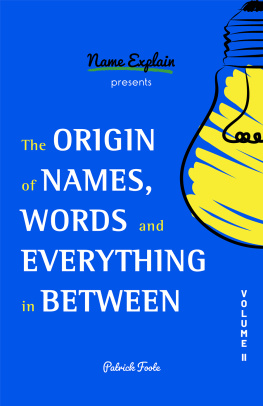

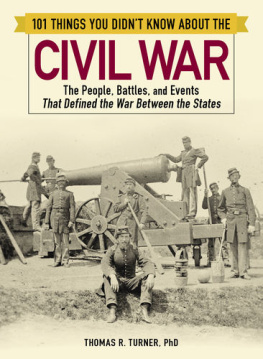
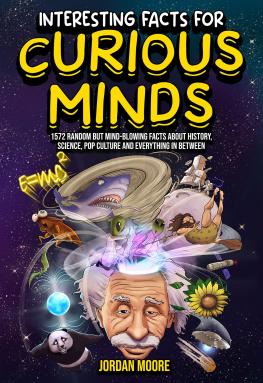
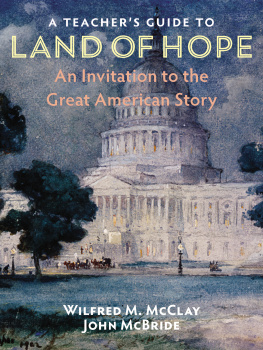
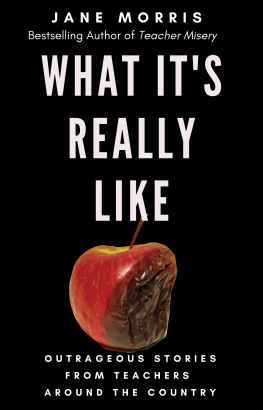
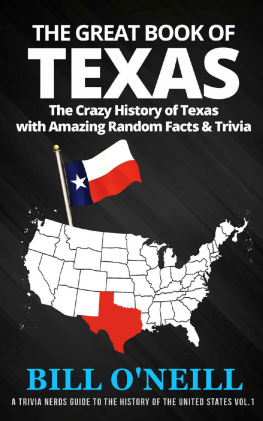
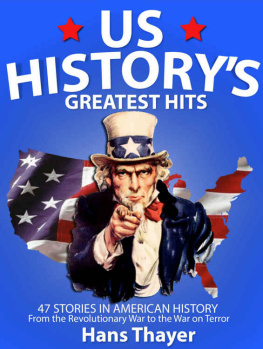
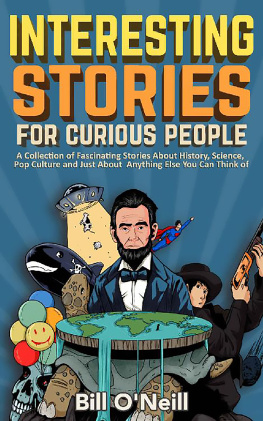
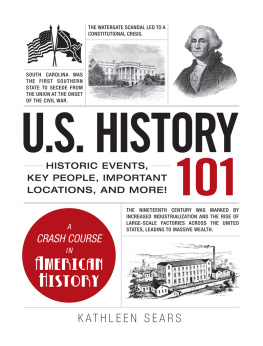


 The paper used in this publication meets the minimum requirements of American National Standard for Information SciencesPermanence of Paper for Printed Library Materials, ANSI/NISO Z39.48-1992.
The paper used in this publication meets the minimum requirements of American National Standard for Information SciencesPermanence of Paper for Printed Library Materials, ANSI/NISO Z39.48-1992.